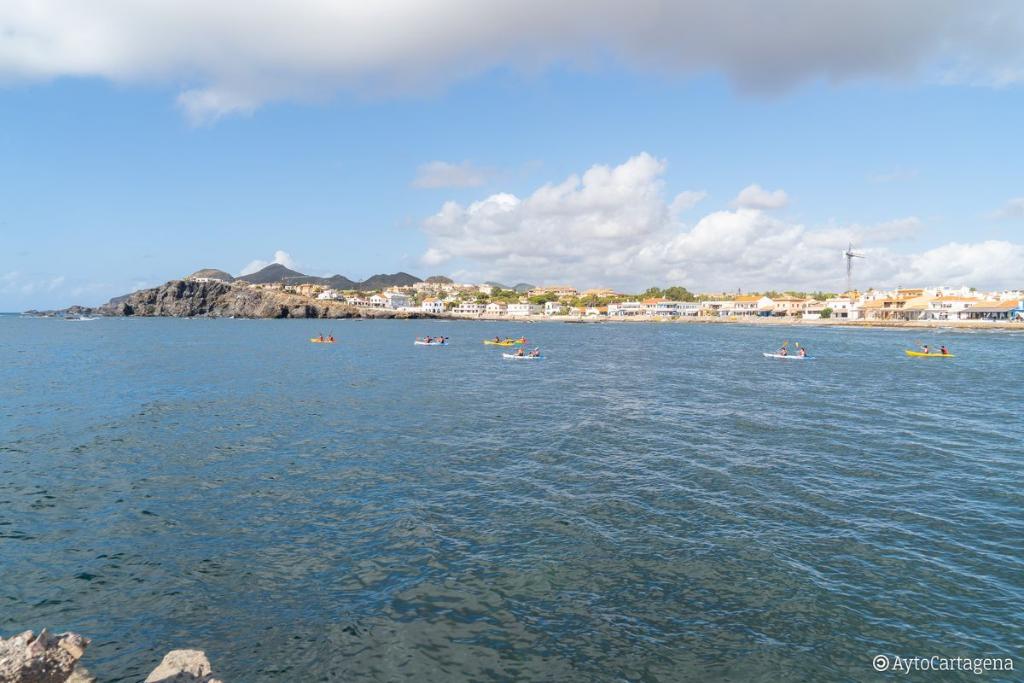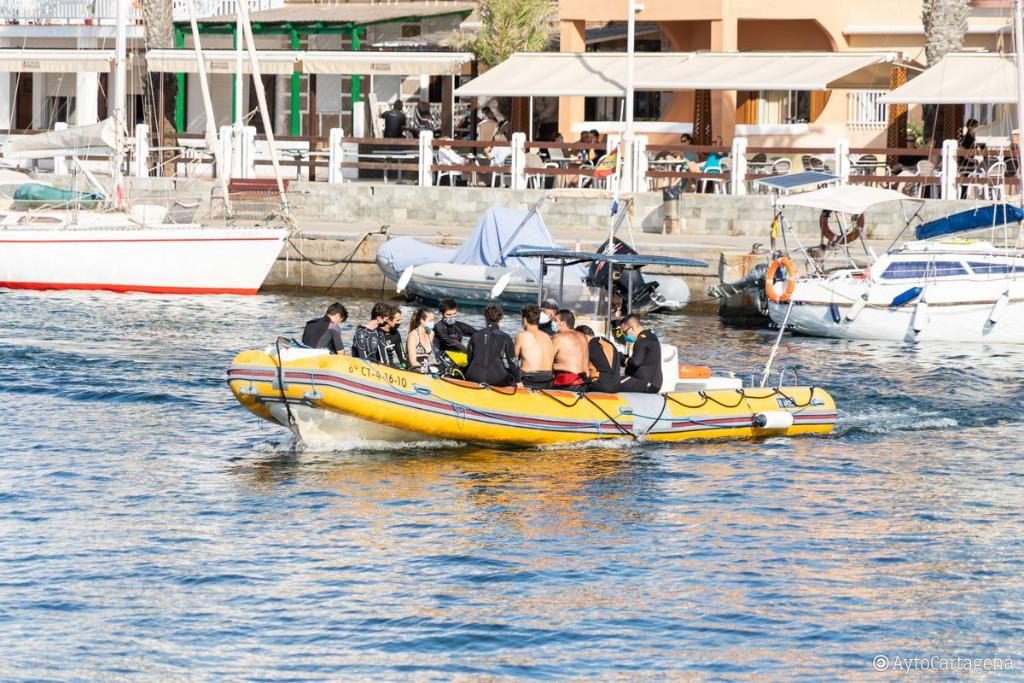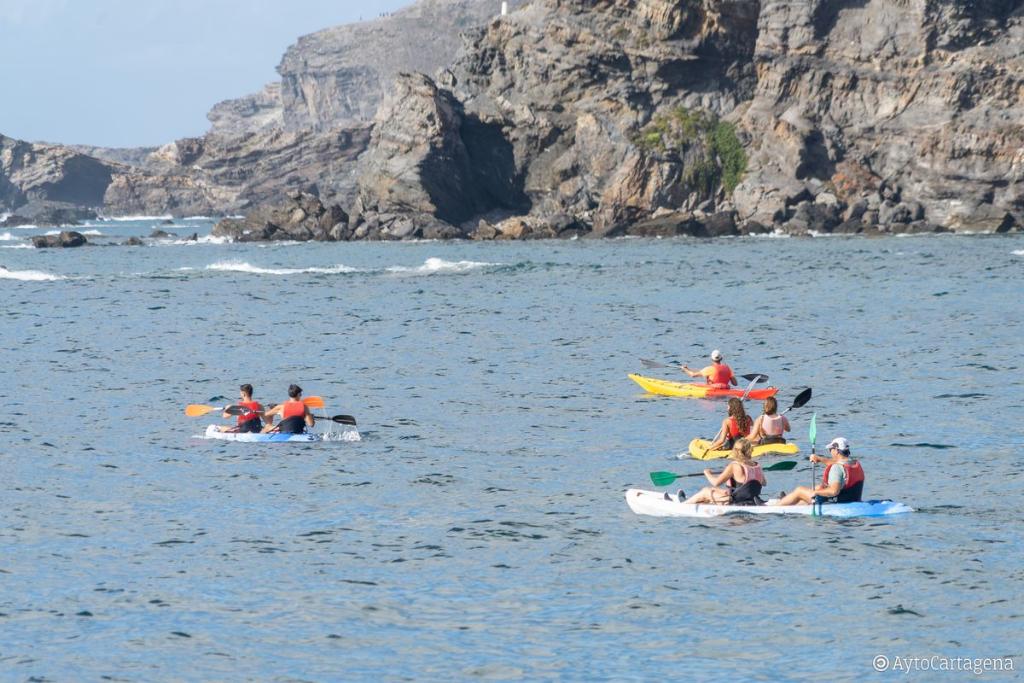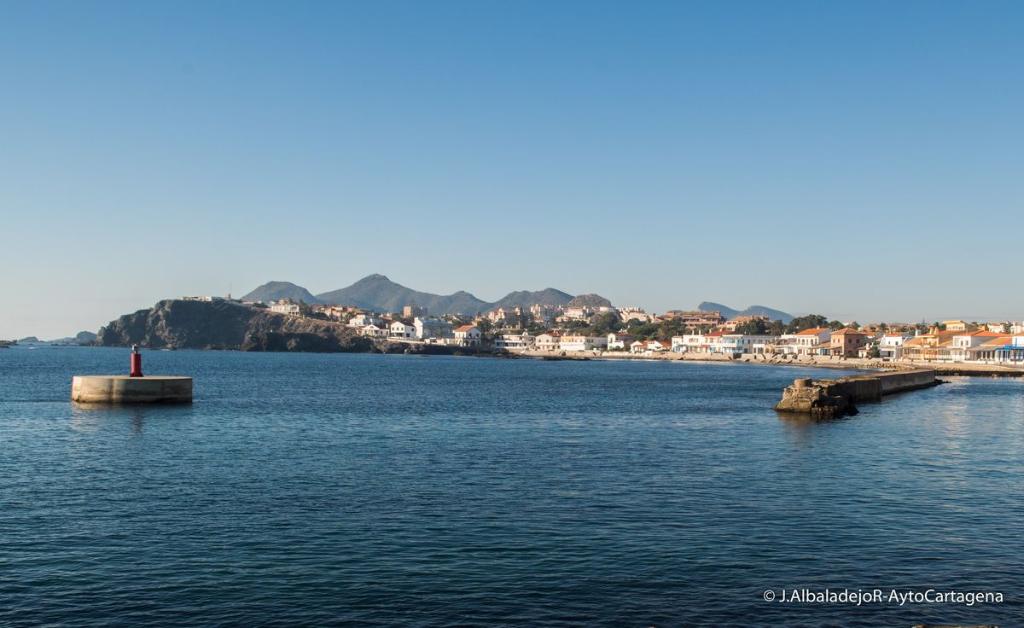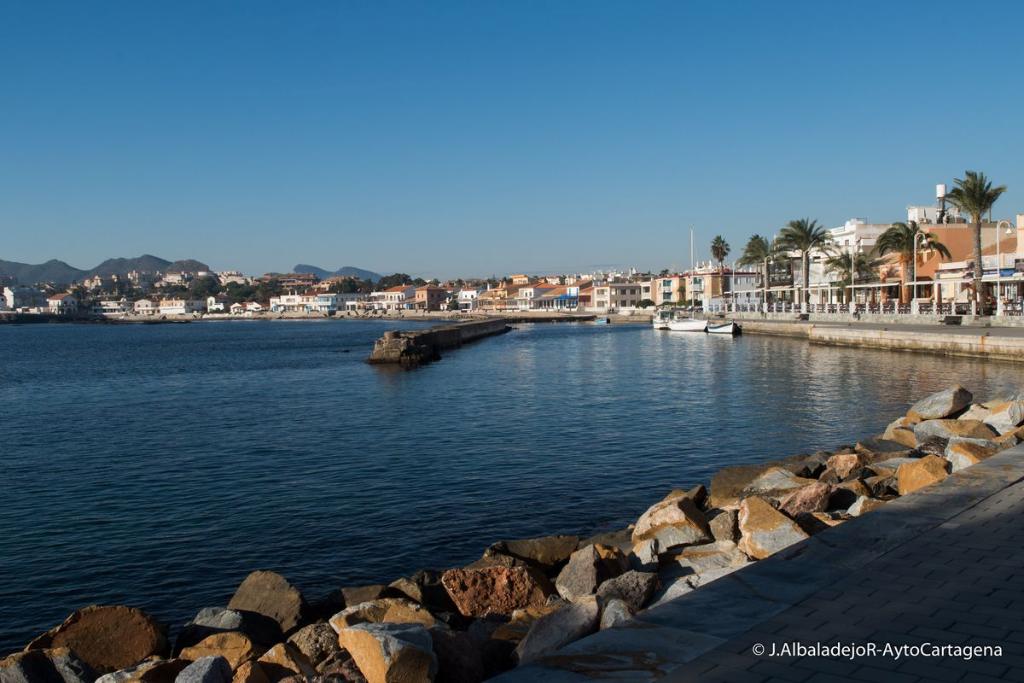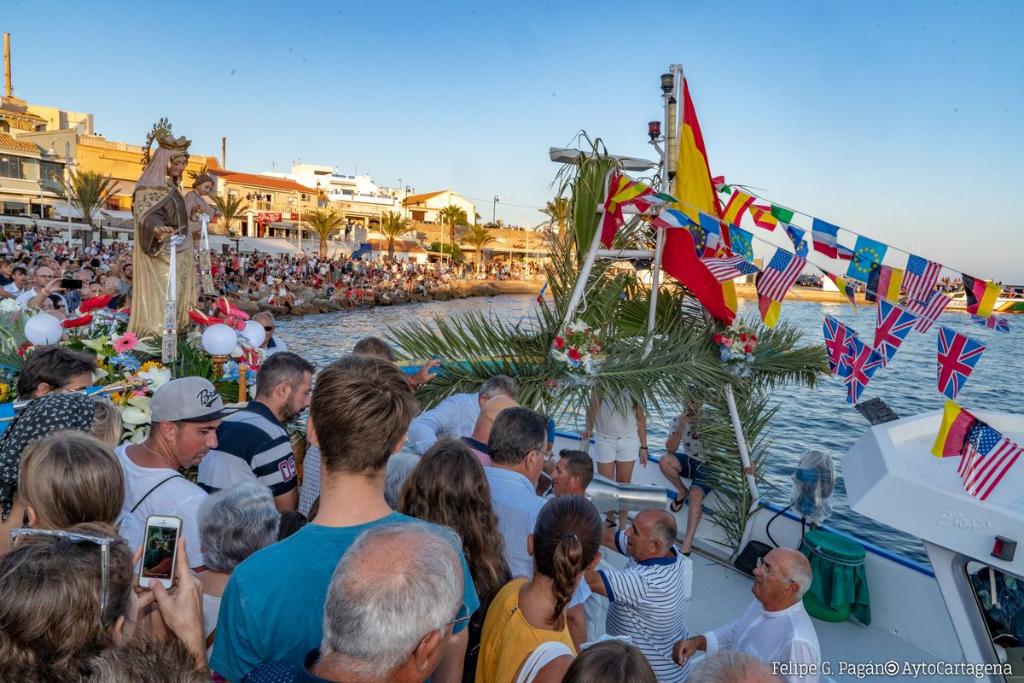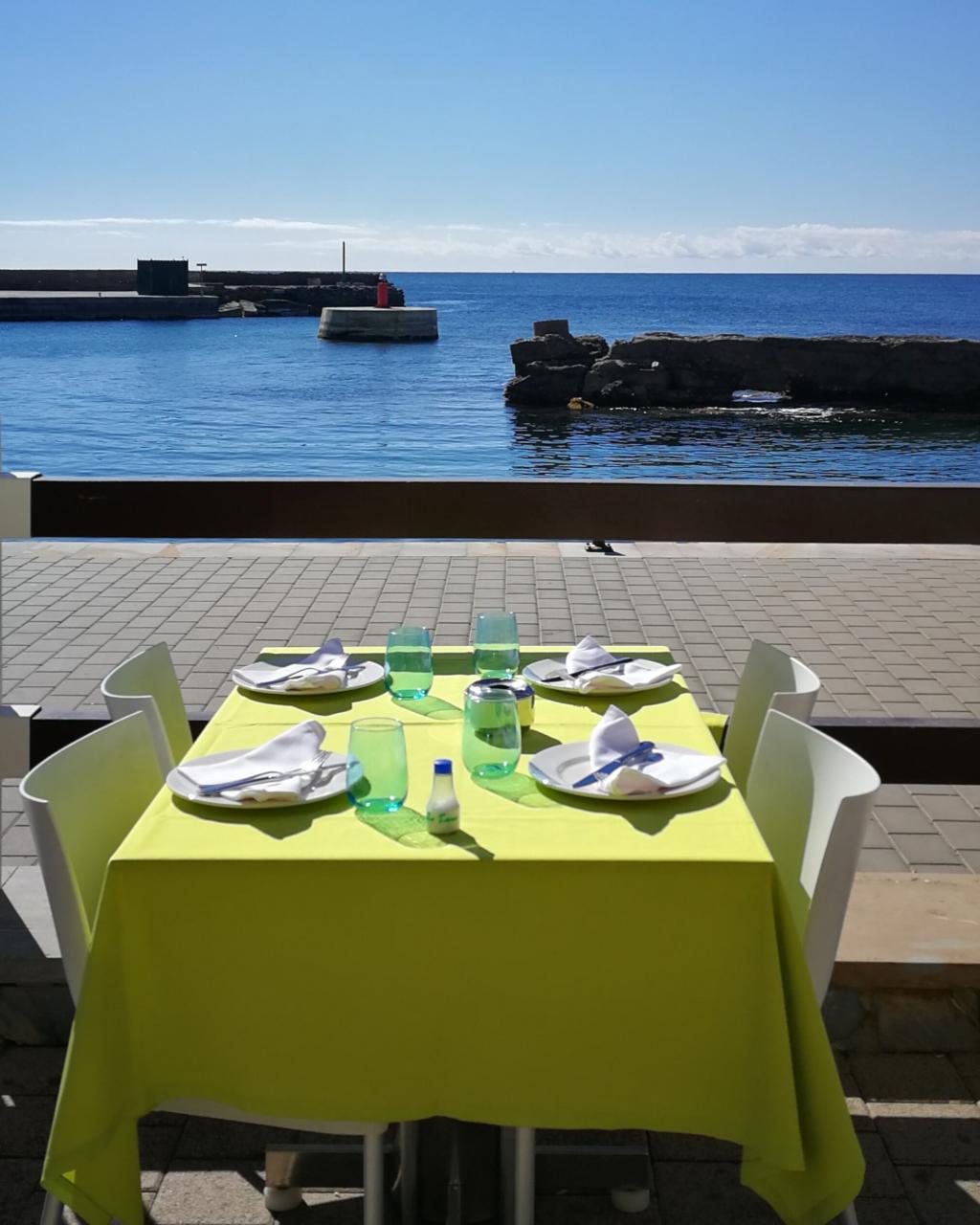The port is the central axis around which the town of Cabo de Palos is agglutinated. There is continuous activity here, both on the part of the fishermen who continue to maintain their traditional arts, as well as those who enjoy nautical leisure in its different varieties, especially diving. Diving in the depths of the Cabo de Palos and Islas Hormigas Marine Reserve, recognised as one of the best in Europe, is an experience and a privilege, which is why there is a constant coming and going of boats from the diving centres and schools that have their headquarters around the dock. The dock splits the Paseo de la Barra in two. To the right is Zeneta, which still has the old buildings of low houses with their porches overlooking the sea, giving it the essence of a fishing village. On this side of the port is also the church, of contemporary architecture that replaced the old one, and the Cabo de Palos Documentation and Exhibition Centre, where we can learn about and discover the extraordinary diversity of its seabed, the history of the great shipwrecks of Cabo de Palos and the formation of the Mar Menor. The left-hand side of the Paseo de la Barra is more crowded with residents and visitors who enjoy the terraces in the cafés and restaurants where they can sample the local gastronomy, the star of which is the "arroz caldero" (rice stew). From the end of this promenade starts the path, which runs along the coves and cliffs to its famous lighthouse. In the absence of a large central square in the town, its harbour acts as such, as the important events in the life of Cabo de Palos take place around it, such as the maritime procession of the Virgen del Carmen or the procession of the Cristo de los Pescadores on Maundy Thursday.
The port is the central axis around which the town of Cabo de Palos is agglutinated. There is continuous activity here, both on the part of the fishermen who continue to maintain their traditional arts, as well as those who enjoy nautical leisure in its different varieties, especially diving. Diving in the depths of the Cabo de Palos and Islas Hormigas Marine Reserve, recognised as one of the best in Europe, is an experience and a privilege, which is why there is a constant coming and going of boats from the diving centres and schools that have their headquarters around the dock.
The dock splits the Paseo de la Barra in two. To the right is Zeneta, which still has the old buildings of low houses with their porches overlooking the sea, giving it the essence of a fishing village. On this side of the port is also the church, of contemporary architecture that replaced the old one, and the Cabo de Palos Documentation and Exhibition Centre, where we can learn about and discover the extraordinary diversity of its seabed, the history of the great shipwrecks of Cabo de Palos and the formation of the Mar Menor.
The left-hand side of the Paseo de la Barra is more crowded with residents and visitors who enjoy the terraces in the cafés and restaurants where they can sample the local gastronomy, the star of which is the "arroz caldero" (rice stew). From the end of this promenade starts the path, which runs along the coves and cliffs to its famous lighthouse.
In the absence of a large central square in the town, its harbour acts as such, as the important events in the life of Cabo de Palos take place around it, such as the maritime procession of the Virgen del Carmen or the procession of the Cristo de los Pescadores on Maundy Thursday.


